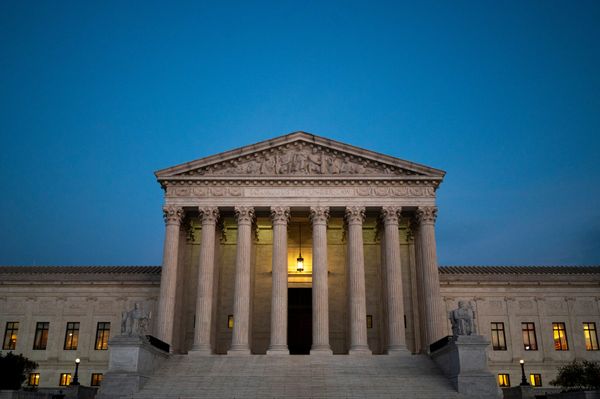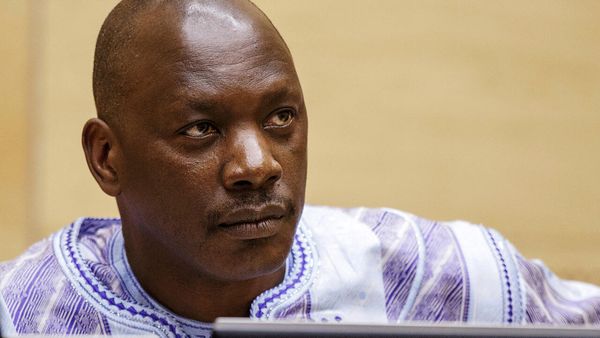
The suspected drone attack on Monday claimed by Yemen’s Houthis on the United Arab Emirates, leading to the deaths of at least three people at Abu Dhabi International Airport, marks a strategic shift by the Iranian-allied rebel group.
The UAE – which has been a member of the Saudi-led coalition fighting the Houthis, and officially backing Yemen’s government, since March 2015 – has largely avoided the Houthi firing line. Saudi Arabia has borne the brunt of missile and drone attacks sent from Yemen, and the last Houthi-claimed attack on the UAE was in 2018.
The UAE is further from Yemen, and shares no borders with the country, unlike Saudi Arabia’s long border with Yemen. But there also appeared to have long been an active strategy by the Houthis not to target the UAE,
For the past few years, the UAE has dialled down its own direct military involvement in Yemen.
UAE-backed forces, such as the separatist Southern Transitional Council (STC), and the Joint Forces, led by a nephew of former Yemeni President Ali Abdullah Saleh, have largely avoided offensives against the Houthis. The STC has instead directly clashed with the Yemeni government and, with UAE military support, took control of Yemen’s temporary capital Aden in 2019.
However, in the past few weeks, UAE-backed forces have turned their guns on the Houthis – with devastating effects.
The Giants Brigades, a force largely made up of southern Yemenis and which was fighting as part of the Joint Forces on the Red Sea coast, moved units east to Shabwah in late December, and forced the Houthis out of the governorate in less than two weeks. The Giants Brigades, along with official Yemeni government forces, are now pushing into Houthi territory in neighbouring al-Bayda and Marib governorates.
These advances marked a significant shift on the ground battle in Yemen, as 2021 had been a largely successful year for the Houthis.
They overwhelmed Yemeni government forces in several parts of Yemen, and have seriously threatened Marib city, the last major city in northern Yemen under full government control, for much of the year. The introduction of the Giants Brigades, and the UAE’s military acumen, has turned the battle in Marib and Shabwah on its head, and is the reason the Houthis have now carried out their own escalation against the UAE.
The attack, coupled with the Houthi seizure of a UAE-flagged vessel in the Red Sea on January 2, is a threat to the UAE, and effectively a demand that the Emiratis stop their allies from advancing any further. The Houthis have the capability to attack the UAE again, as they have shown in their repeated attacks deep into Saudi territory.
There’s no coincidence that the last Houthi-claimed attacks on the UAE were in 2018, a year in which UAE-backed forces advanced rapidly against the Houthis on Yemen’s Red Sea coast, and were on the verge of taking the port city of Hodeidah, before UN intervention halted the offensive.
Since then, the UAE changed its tactics in Yemen. The war had become a quagmire, but even more than that, a PR disaster, with moves within both the United States and the European Union to isolate Saudi Arabia and the UAE.
The claimed attack on the UAE is therefore a Houthi gamble that the Emiratis will not wish to entrench themselves in Yemen once again, and will not want to suffer any economic damage as the result of continued Houthi attacks. However, the UAE may view 2022 as different to 2018. It no longer has a significant presence of its own troops on the ground, and instead relies on its allies, who can be supported tactically and financially, alongside air raids.
Just as importantly, the UAE’s enemies within the anti-Houthi alliance in Yemen, the Muslim Brotherhood-affiliated Islah Party, have been significantly weakened. Islah has largely been perceived as the dominant force within Yemeni government forces operating in Marib, Shabwah, and other parts of Yemen. The poor performance of these forces during 2021, and the losses they sustained, has allowed the UAE and its allies to step in and weaken Islah’s role in the fight against the Houthis.
A scenario in which both the Houthis and Islah can be weakened would be ideal for the UAE. The question now is, will the Houthis be able to sustain continued attacks against the UAE? And will the Emiratis be able to accept that in return for desirable outcomes on the battlefield in Yemen?







